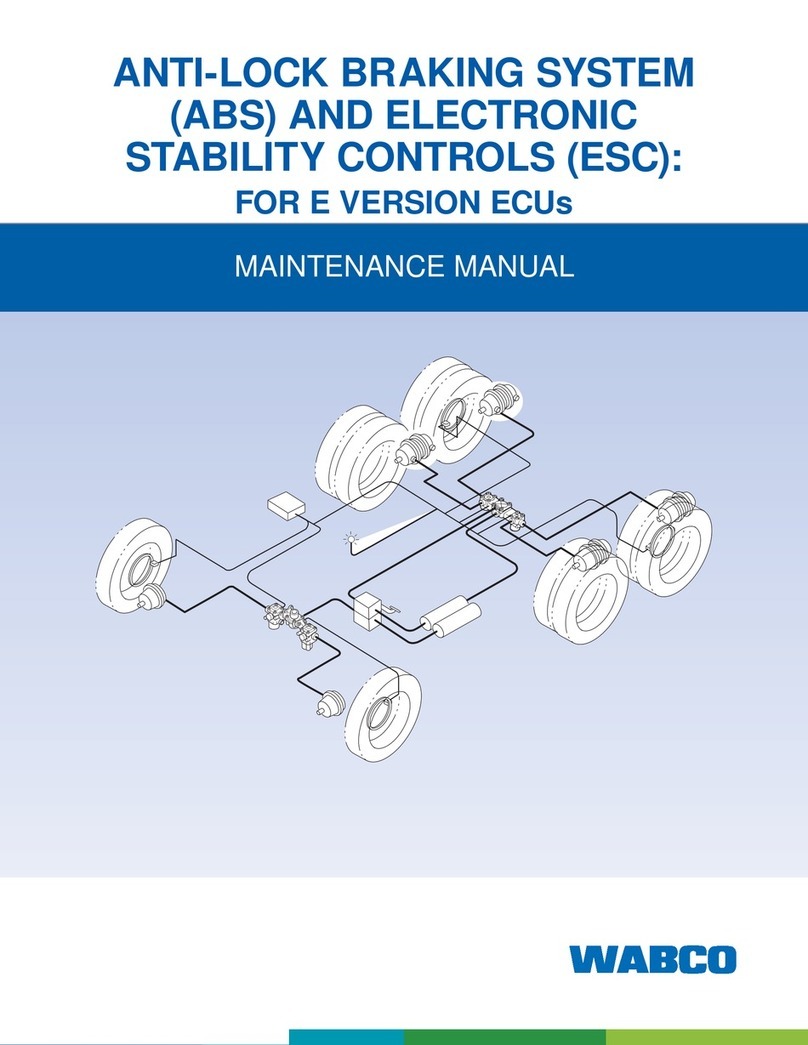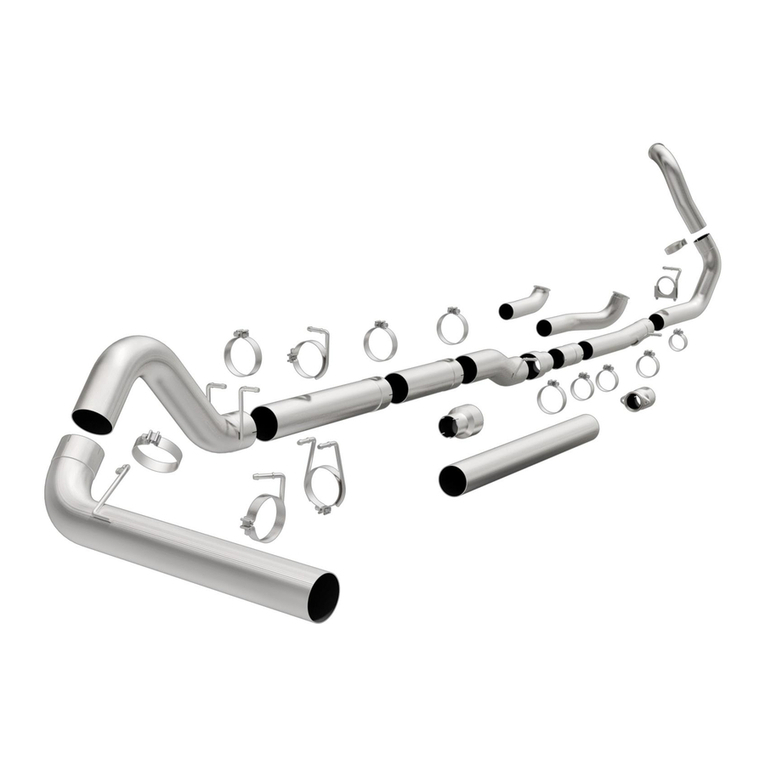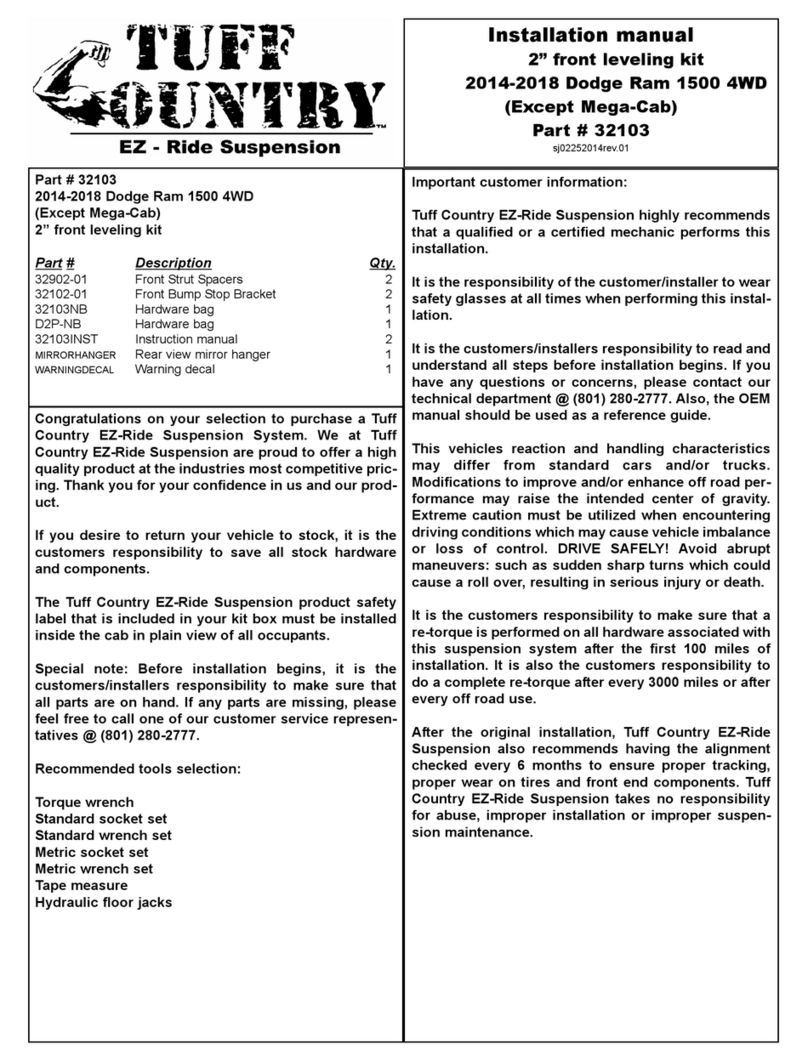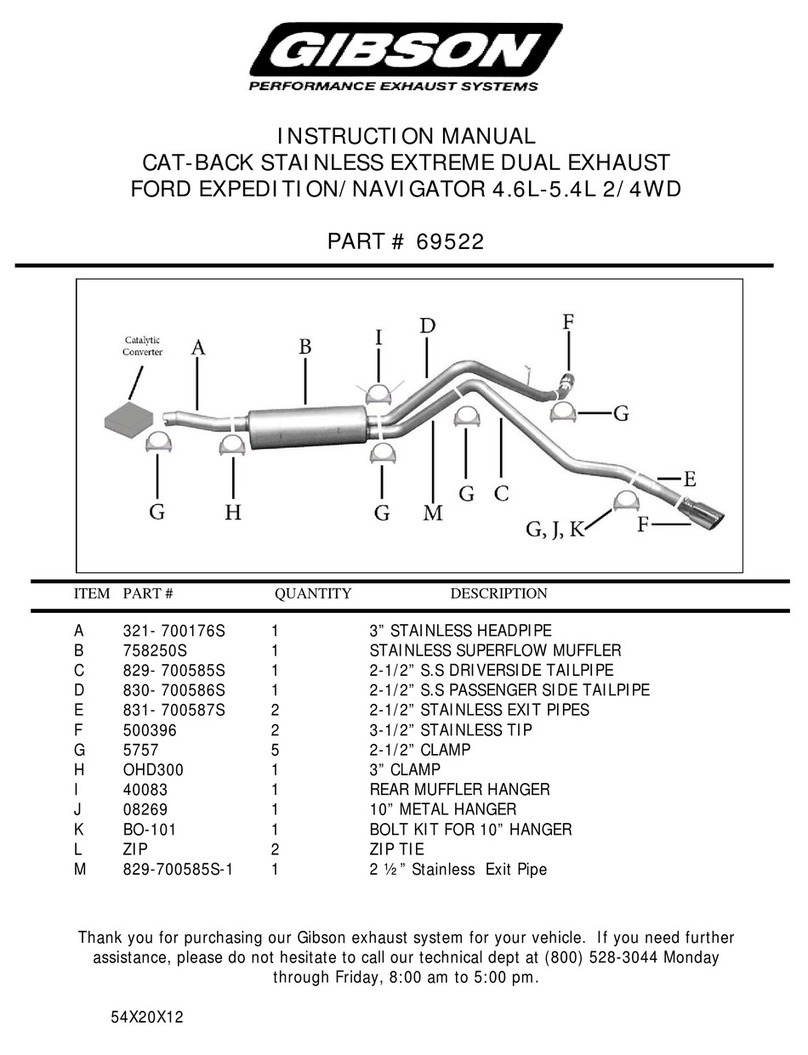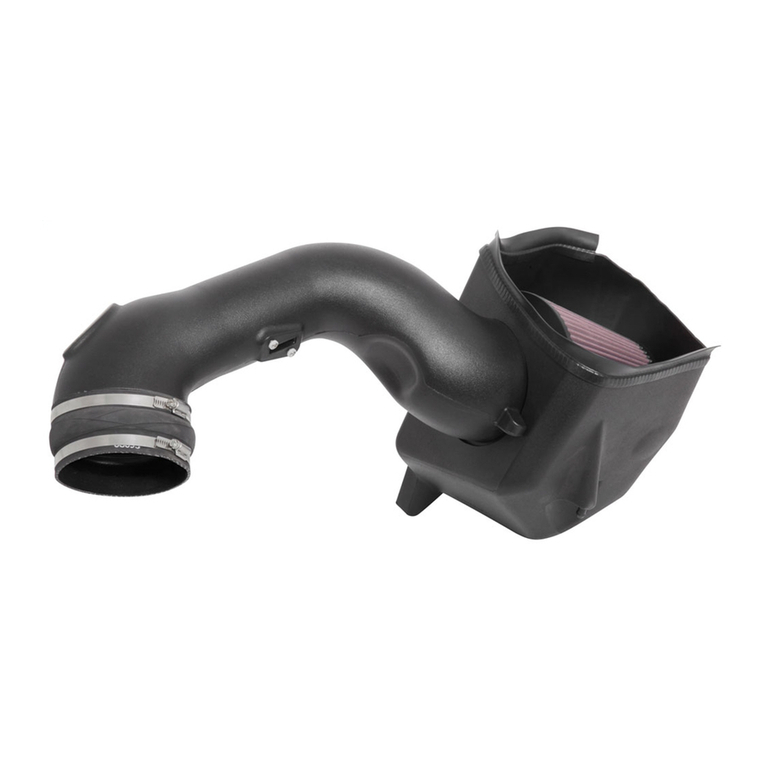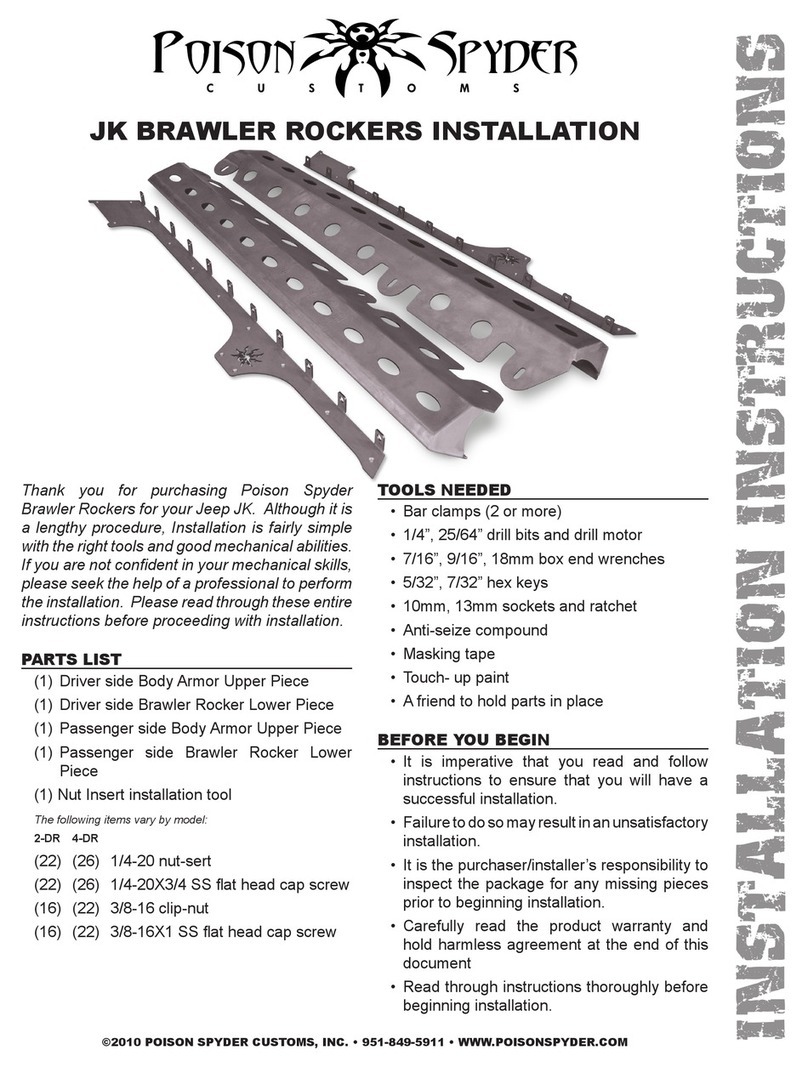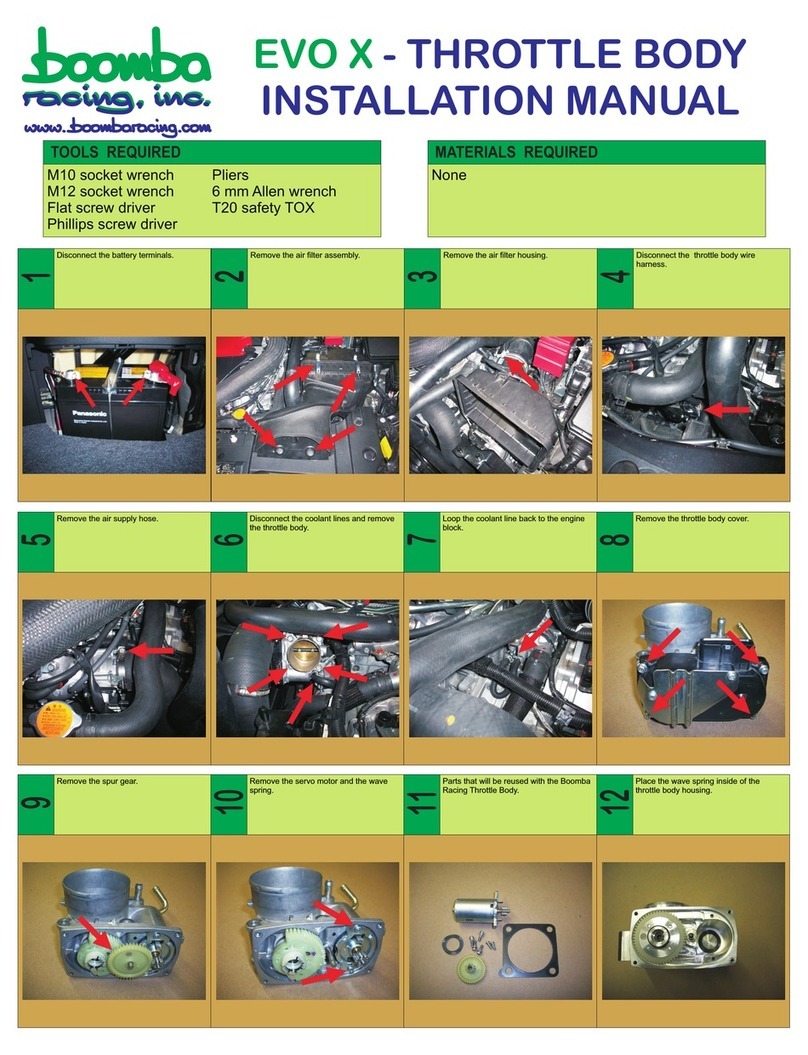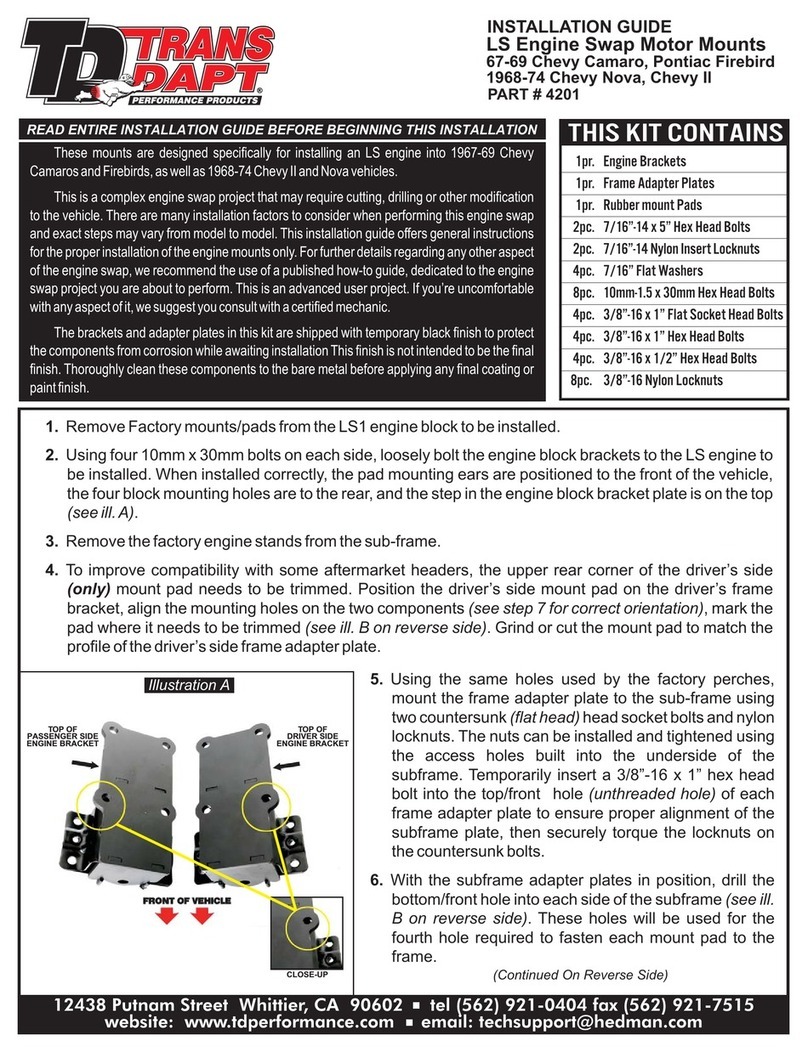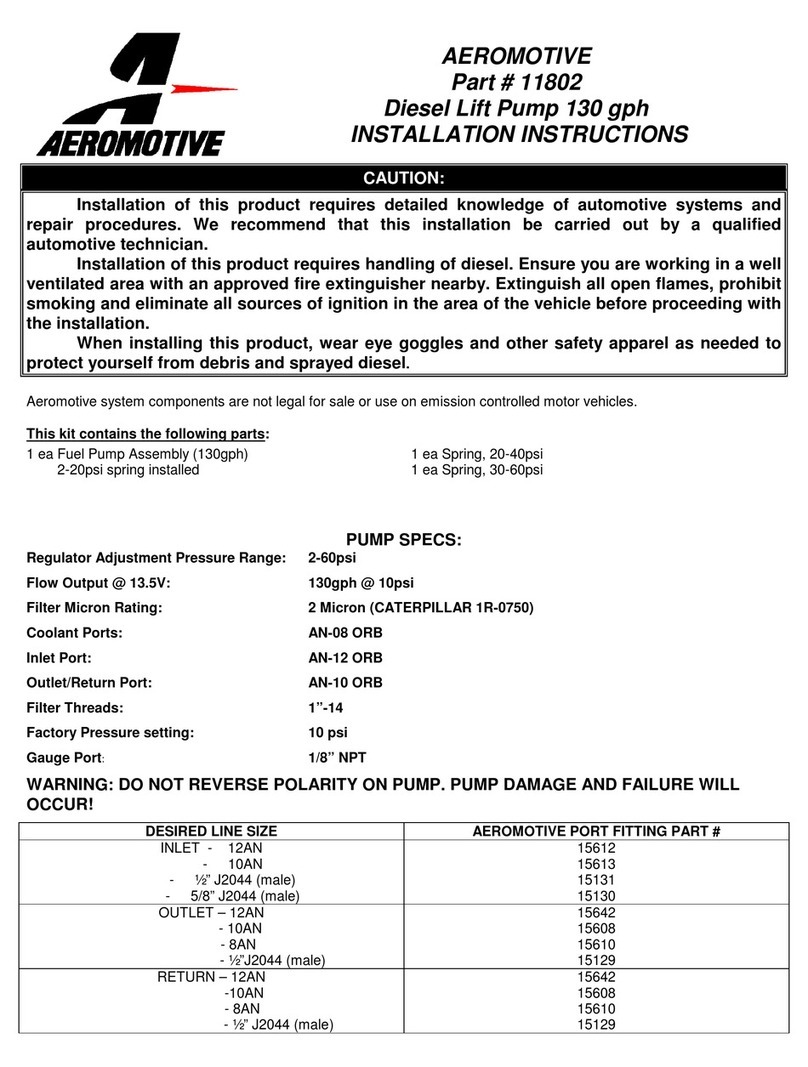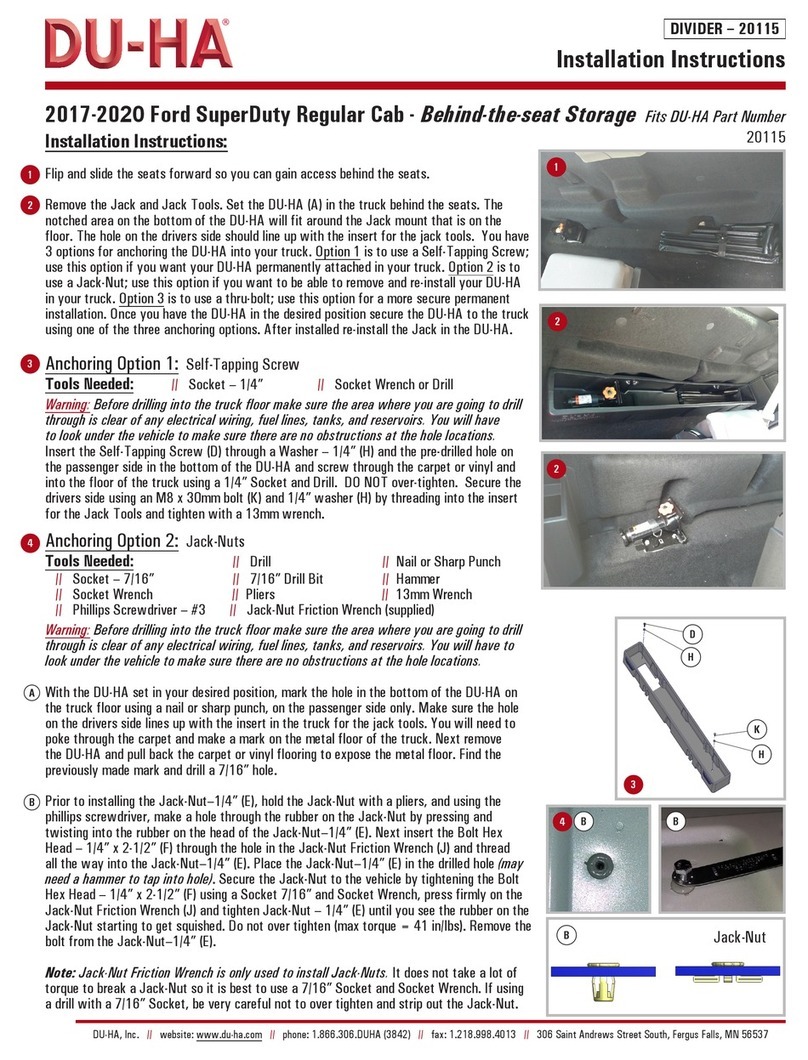
1. With:
• All trailer wheels still firmlyblocked, and
• Trailer landing gear still resting on firm ground and supportingtrailer weight, and
• Truck stationaryand with the emergency brake on:
• Return to cab of truck and release truck’s emergency brake. Apply trailerbrakes. After making sure no one is
between truck and trailer,try to pull trailer slowly forwardwith the truck. If the trailer is properly hitched, the wheel
blocks and trailer brakes should keep the truck from movingforward.
NOTE: If traileris not properly hitched, trailer will separate from hitchand truck will move forward leaving trailer behind. If the trailer
landing gear is still resting on firm ground supportingthe trailer weight and wheel blocked, trailer will not be able to drop or fall.
2. After successfullyperformingabove steps, fullyraisetrailer landing gear (see trailer manual).
3. Check and inspect all electrical circuits for proper operation. (Clearancelights, turn signals, stop lights, etc.).
4. Remove and store all trailer wheel blocks.
PULL TEST
WARNING:
Failureto perform this test may result in death or serious injury!
WARNING:
Failureto keep wheels blocked and landinggear down could result in trailer suddenly movingor falling. This could result in death or
seriousinjury!
UNHITCHING PROCEDURE:
PERFORM THE FOLLOWING IN THIS ORDER:
1. Place blocks firmlyagainst front and rear of each trailer wheel to prevent any possible forward or rearward motion.
2. Using trailer jacks, lower trailer landing gear followingthe directions in the Trailer Manual until feet of landing gear are resting
on firm ground.
3. Make sure truck is in park with the emergency brake on.
4. Lower trucktail gate.
5. Disconnect power cable and breakaway switch cable between truckand trailer.
6. Rotate hitch handle up to the unlocked position(See Fig 18) and pull the handle towards you so that the king pin is no longer
securely grasped by hitchjaws (See Fig 19 ). Traileris now free from hitchand truck. If handle does not pull out, there is
probablypressure against the jaws. To relieve this pressure, back the truck slightly.Reset truck emergency brake. Then pull
hitch handle out completely.
WARNING:
Trailersthat are not stable or properly hitched can falland kill you! To avoiddeath or serious injury:
•All trailer tires MUST be blocked in front and behind each tire AND
•Trailerlanding gear MUST be resting on firm ground AND
•Truck MUST be stationary, in park, with emergency brake on!
Fig. 18 Fig. 19


